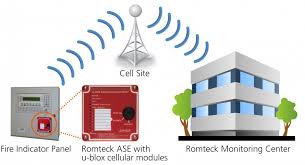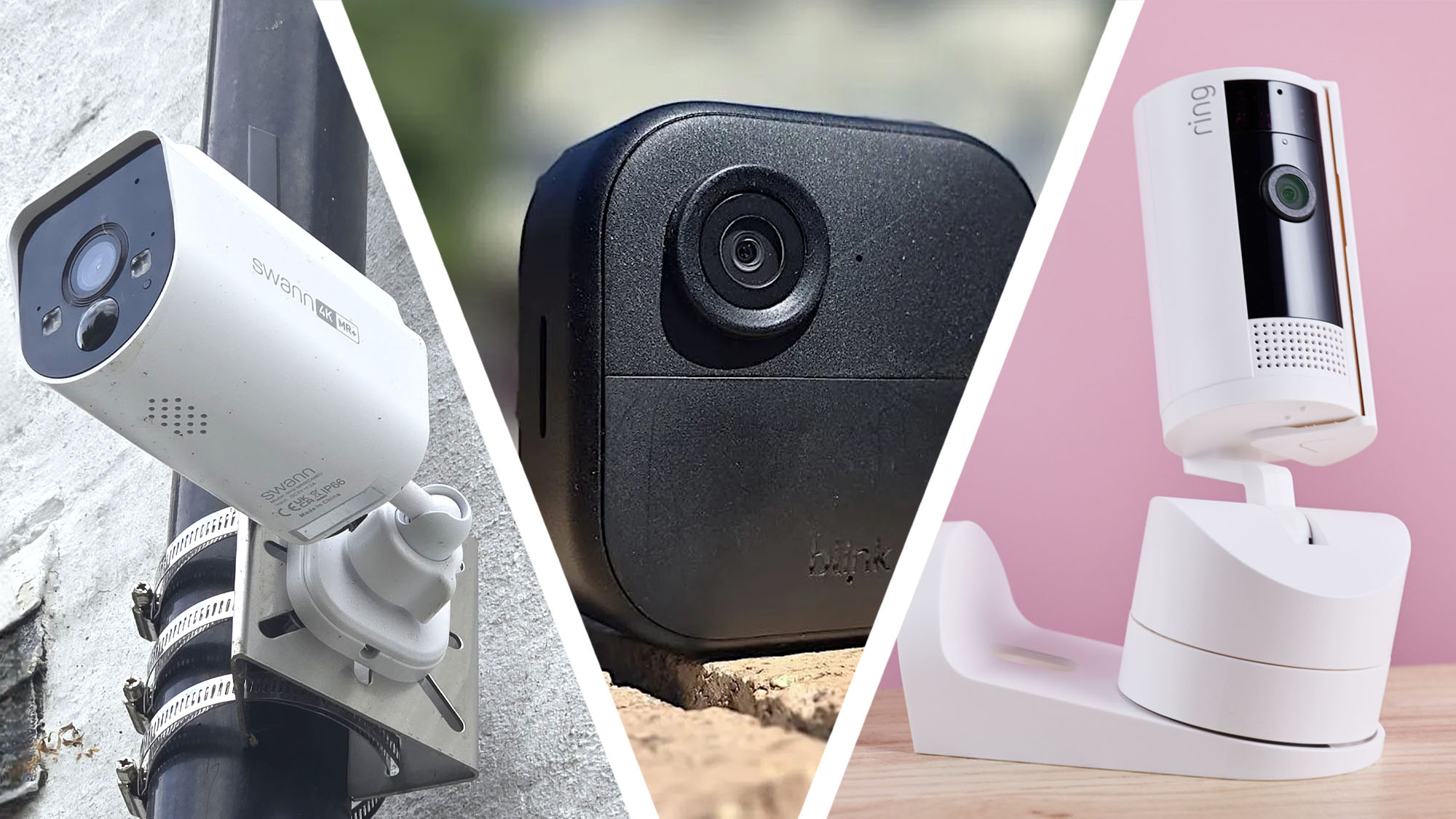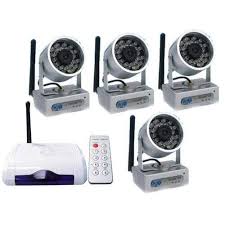Fire Monitoring: Ensuring Safety and Security
Fire monitoring plays a crucial role in safeguarding lives and protecting properties from the devastating effects of fires. By employing advanced technologies and vigilant systems, fire monitoring aims to detect, alert, and respond to potential fire hazards swiftly and effectively.
One of the key components of fire monitoring is the installation of fire alarm systems. These systems are designed to detect smoke, heat, or flames and trigger alarms to notify occupants of a building about a possible fire emergency. Early detection provided by fire alarm systems can significantly reduce response time, allowing for timely evacuation and firefighting efforts.
In addition to fire alarm systems, modern fire monitoring solutions also incorporate advanced technologies such as smoke detectors, heat sensors, and carbon monoxide detectors. These devices work together to create a comprehensive network that continuously monitors the environment for any signs of fire or hazardous conditions.
Furthermore, many fire monitoring systems are now integrated with central monitoring stations that operate 24/7. In the event of an alarm activation, these monitoring stations receive alerts and can dispatch emergency services promptly. This real-time response capability is essential in minimizing the impact of fires and ensuring a swift and coordinated emergency response.
Moreover, with the advent of smart technology and IoT (Internet of Things), fire monitoring systems have become more intelligent and interconnected. Smart fire sensors can communicate with each other wirelessly to provide a more accurate assessment of the situation. They can also be linked to building automation systems for automated responses such as closing fire doors or activating sprinkler systems.
Fire monitoring is not limited to indoor spaces; outdoor areas such as industrial sites, parking lots, and forests also benefit from specialized fire monitoring solutions. Thermal imaging cameras, drones equipped with infrared sensors, and remote monitoring stations are used to detect wildfires early on and facilitate rapid intervention by firefighting teams.
In conclusion, fire monitoring is an indispensable aspect of safety and security infrastructure in residential, commercial, industrial, and public spaces. By investing in robust fire monitoring systems and staying abreast of technological advancements in this field, we can enhance our preparedness for emergencies and protect lives and assets against the destructive force of fires.
Essential FAQs About Fire Monitoring Systems and Their Importance
- What is the importance of fire monitor?
- How does fire monitoring work?
- What is a monitored fire system?
- What is the NFPA for fire monitors?
- What is the use of fire monitor?
- What is the meaning of fire monitoring?
- What are the different types of fire monitoring?
- What are the 3 main types of fire alarm?
What is the importance of fire monitor?
The importance of fire monitoring cannot be overstated. Fire monitors serve as vigilant guardians, constantly watching over our surroundings to detect and alert us to potential fire hazards. By providing early warning signals through sophisticated detection systems, fire monitors play a critical role in ensuring the safety of occupants and the protection of properties. Timely detection enables swift response actions, such as evacuation procedures and firefighting interventions, which are essential in mitigating the devastating impact of fires. Furthermore, the integration of advanced technologies in fire monitoring systems enhances their effectiveness, allowing for real-time monitoring, automated responses, and seamless coordination with emergency services. In essence, the importance of fire monitors lies in their ability to save lives, prevent property damage, and bolster overall safety and security measures.
How does fire monitoring work?
Fire monitoring operates through a network of sophisticated sensors and detectors strategically placed within a building or area to constantly scan for signs of fire-related risks. These sensors are designed to detect various indicators such as smoke, heat, or flames, triggering alarms upon detection. Once an alarm is activated, the system alerts occupants and transmits signals to a central monitoring station for immediate response. The central monitoring station then coordinates with emergency services to dispatch assistance swiftly. By utilizing advanced technologies and real-time communication, fire monitoring systems play a crucial role in early fire detection, enabling prompt evacuation and firefighting actions to mitigate potential damages and ensure the safety of individuals within the premises.
What is a monitored fire system?
A monitored fire system refers to a comprehensive fire detection and alarm system that is connected to a central monitoring station or service provider. In essence, when a monitored fire system detects a potential fire hazard, such as smoke, heat, or flames, it triggers an alarm signal that is transmitted to the central monitoring station. The trained operators at the monitoring station can then assess the situation and take appropriate action, such as notifying the fire department or dispatching emergency response teams. This real-time monitoring and response capability provided by a monitored fire system enhance the overall effectiveness of fire safety measures, ensuring timely intervention in case of emergencies and minimizing potential damage and risks.
What is the NFPA for fire monitors?
The NFPA (National Fire Protection Association) sets standards and guidelines for fire monitors to ensure effective fire protection measures are in place. These standards cover various aspects of fire monitoring systems, including installation, maintenance, testing procedures, and performance requirements. Adhering to NFPA standards helps ensure that fire monitors are reliable, compliant with regulations, and capable of detecting and responding to fire hazards promptly. By following NFPA guidelines for fire monitors, organizations can enhance their overall fire safety preparedness and minimize the risk of potential fire-related incidents.
What is the use of fire monitor?
The use of a fire monitor is essential in fire protection and safety systems. A fire monitor, also known as a water cannon or firefighting monitor, is a device designed to deliver large volumes of water or foam to extinguish fires effectively. These monitors are often mounted on firefighting vehicles or fixed installations in industrial facilities, ports, airports, and other high-risk areas. The primary purpose of a fire monitor is to provide a powerful and targeted stream of water or foam to suppress fires from a safe distance, making it an invaluable tool in firefighting operations where direct intervention may be hazardous or impractical. By controlling the flow and direction of the extinguishing agent, fire monitors help firefighters contain and extinguish fires swiftly, minimizing damage and protecting lives.
What is the meaning of fire monitoring?
Fire monitoring refers to the process of utilizing specialized systems and technologies to continuously observe and detect potential fire hazards within a specific environment. The primary objective of fire monitoring is to enhance safety and security by promptly identifying signs of smoke, heat, or flames that could indicate the presence of a fire. By implementing advanced sensors, alarms, and monitoring stations, fire monitoring systems aim to provide early warning alerts, enabling swift evacuation procedures and timely intervention by emergency responders to mitigate the impact of fires. In essence, fire monitoring plays a critical role in proactive risk management and ensuring the well-being of individuals and properties through vigilant surveillance and rapid response mechanisms.
What are the different types of fire monitoring?
There are several types of fire monitoring systems designed to detect and respond to fire hazards in various settings. Common types include fire alarm systems, which use smoke detectors, heat sensors, and flame detectors to alert occupants of a building about potential fires. Additionally, there are advanced fire suppression systems that automatically release extinguishing agents such as water, foam, or gas to suppress fires. Remote monitoring systems enable real-time monitoring of fire alarms and alerts at off-site locations, while integrated smart technologies allow for centralized control and automated responses in the event of a fire emergency. Each type of fire monitoring system plays a vital role in enhancing safety measures and minimizing the impact of fires on lives and properties.
What are the 3 main types of fire alarm?
When it comes to fire monitoring, understanding the three main types of fire alarms is crucial for ensuring effective fire detection and response. The first type is ionization smoke alarms, which are ideal for detecting fast-flaming fires. Photoelectric smoke alarms, on the other hand, are better suited for detecting slow-smoldering fires. Lastly, there are dual-sensor smoke alarms that combine both ionization and photoelectric technologies to provide comprehensive fire detection capabilities. By choosing the appropriate type of fire alarm based on the specific fire risks in a given environment, individuals and organizations can enhance their fire safety preparedness and minimize potential damages.



